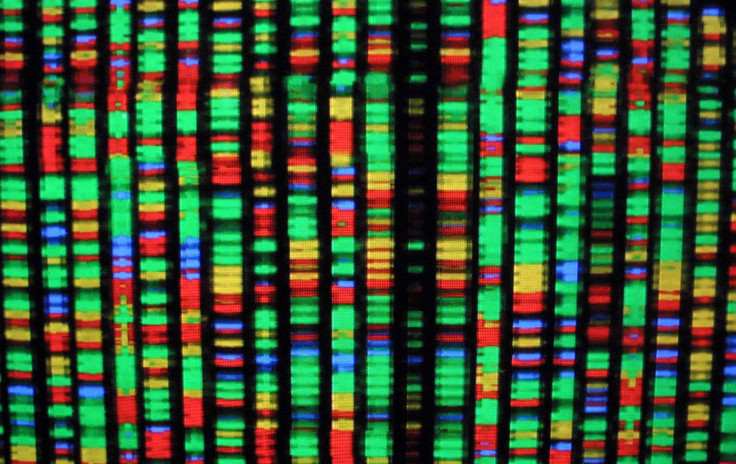What is CRISPR? Food Cut By 'Genetic Scissors' Could Be Next Breakthrough In Genome Modification

A radio reporter was served what may have been the first-ever meal made from plants modified with so-called Crispr-Cas9 “genetic scissors” over the weekend.
The meal, a vegetable fry that a professor at Umeå University in Sweden cooked up, has been hailed by the university as a first step toward a future in which scientists can genetically alter plants so farmers and consumers can grow healthy and hardy plants that are adaptive to new conditions.
Crispr scissors allow scientists to target specific genes in a DNA strand and then cut and remove those strand segments. Called the “Swiss army knife of genetic engineering,” Crispr can replace a single alphabetic piece of an organism’s genome or cut out a whole sequence. The process is known to the world as gene or genome editing.
The scientific tool has a lot of promise in the world beyond simply editing plant genomes to produce easier-to-cultivate foods. The method could also potentially be used to cure hereditary diseases and other types of ailments that have long plagued the human species.
But when it comes to any type of potential use, questions have popped up around whether or not Crispr will even be allowed on wide markets. When it comes to plants, for instance, problems arise when considering whether or not the process technically falls under the umbrella of genetically modified organisms (GMOs) which are banned in much of Europe and other parts of the world. If they qualify under GMO legislation then they won’t find their way onto the shelves of marketplaces in those areas of the globe.
Some attempts to address this question have been made, including a decision from the Swedish Board of Agriculture that has interpreted law as requiring the input of “foreign DNA” into the genome before it becomes a GMO. If you simply spliced pieces of the DNA without adding genetic material from other sources, it would not count.
© Copyright IBTimes 2024. All rights reserved.





















